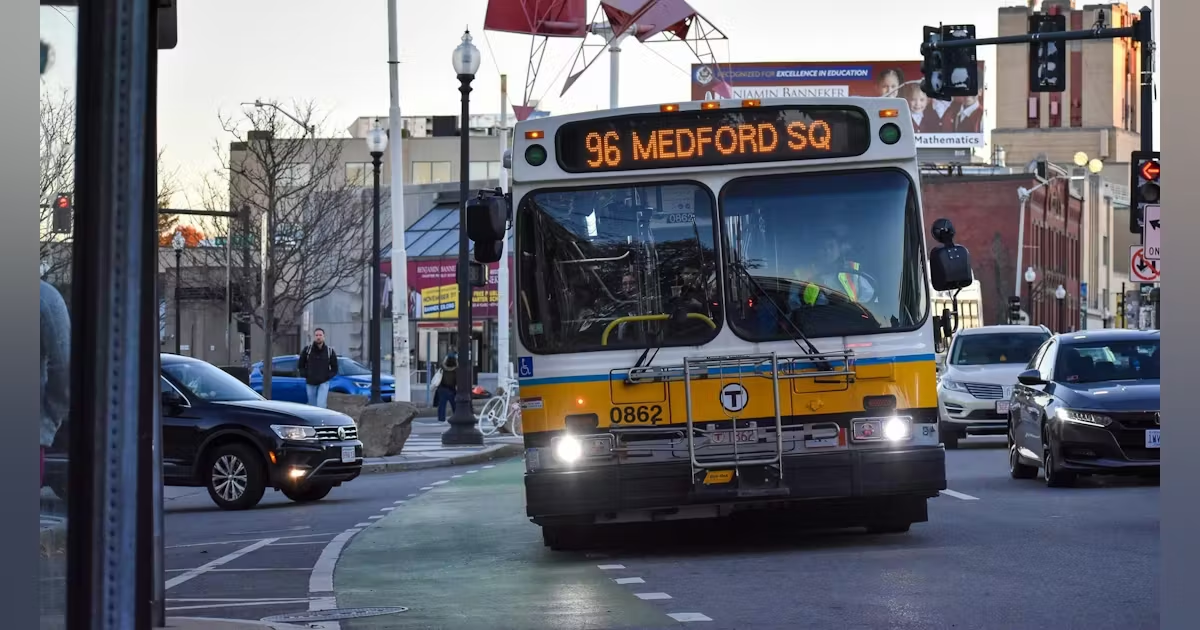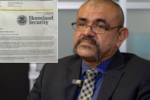Massachusetts has introduced two new laws aimed at improving traffic safety and reducing violations, with offenders facing fines of up to $1,000. These laws, signed by Governor Maura Healey, focus on school bus safety and bus lane enforcement through advanced camera systems.
Protecting Students: School Bus Traffic Violation Law
One of the newly implemented laws targets drivers who fail to stop for school buses when they are picking up or dropping off children. This regulation allows school buses to be equipped with cameras to record violations, ensuring that reckless drivers are held accountable.
- Fines for Violations:
- First offense: $250
- Second offense: $500
- Third offense: $1,000
The law came in response to alarming statistics. Data released by Peabody Public Schools revealed over 3,400 illegal passing incidents between September 2023 and May 2024. That averages to more than two violations per day, endangering students’ safety.
These cameras will capture video footage and images of vehicles that pass stopped school buses displaying red flashing lights. Law enforcement or trained technicians will review the footage before issuing fines. Although the penalties will be recorded on the offender’s driving record, they won’t count as criminal convictions.
Massachusetts Representative John J. Mahoney, a supporter of the bill, highlighted its significance in saving lives and increasing student safety. “This legislation expands safety for kids getting to and from school,” he wrote on social media after its approval.
Enhanced Safety for Public Transit: Bus Lane Enforcement Law
The second law focuses on maintaining order in bus lanes and at bus stops. Public transit agencies, including the Massachusetts Bay Transportation Authority (MBTA), can now install cameras on buses to monitor bus lane violations.
- Penalties for Bus Lane Offenses:
- Minimum fine: $25
- Maximum fine: $125
For violations involving bus stops, a flat fine of $100 will be imposed. These measures aim to address illegal parking in designated bus areas, ensuring smooth public transit operations and reducing delays.
Motivation Behind the Laws
Governor Maura Healey emphasized the importance of these regulations, stating that they are designed to protect the lives of children and pedestrians while encouraging safer driving habits.
According to the National Highway Traffic Safety Administration (NHSTA), all 50 U.S. states mandate that drivers must stop for school buses with flashing red lights and extended stop signs. However, the rising number of violations underscores the need for stricter enforcement.
Massachusetts has joined the list of states using automated traffic cameras to ensure compliance with traffic laws. This initiative aligns with broader federal and state goals to reduce road fatalities and injuries.
Community Impact and Support
The Massachusetts Municipal Association (MMA) praised the introduction of these laws, highlighting the role they play in fostering safer communities. The association noted that advanced enforcement mechanisms, such as video surveillance, can deter potential violators and create a safer environment for students and public transit users.
Senator Mike Moore, a former law enforcement officer, expressed his excitement about the changes. “When you pass a stopped school bus, you are endangering our children and breaking the law. These cameras ensure fair and unbiased enforcement,” he said.
Summary of the New Laws
- School Bus Safety Law:
- Cities can use cameras on school buses to detect vehicles illegally passing stopped buses.
- Fines range from $250 for the first offense to $1,000 for repeat offenders.
- Bus Lane Enforcement Law:
- Public transit agencies can issue fines for violations in designated bus lanes and stops.
- Fines range from $25 to $125 for bus lane violations and a flat $100 for bus stop offenses.
These laws highlight Massachusetts’ commitment to prioritizing road safety and protecting vulnerable populations, particularly students and public transit users.
Disclaimer – Our team has carefully fact-checked this article to make sure it’s accurate and free from any misinformation. We’re dedicated to keeping our content honest and reliable for our readers.








